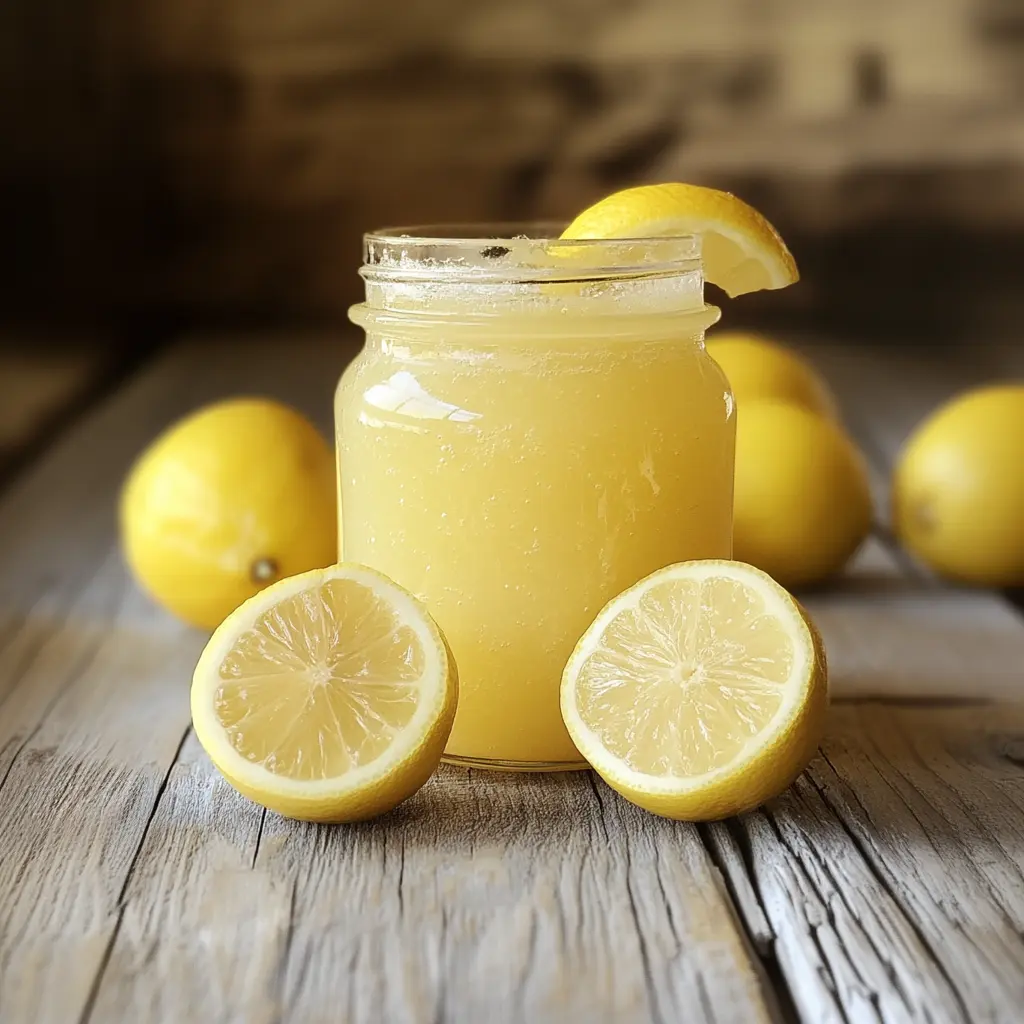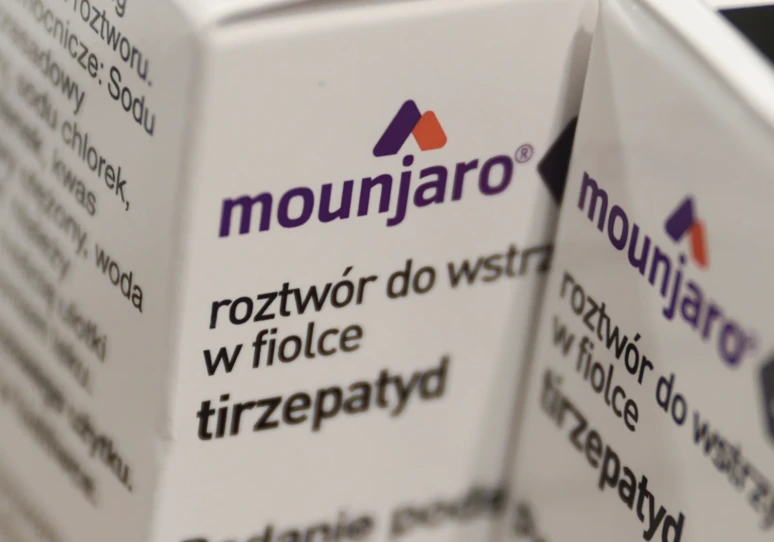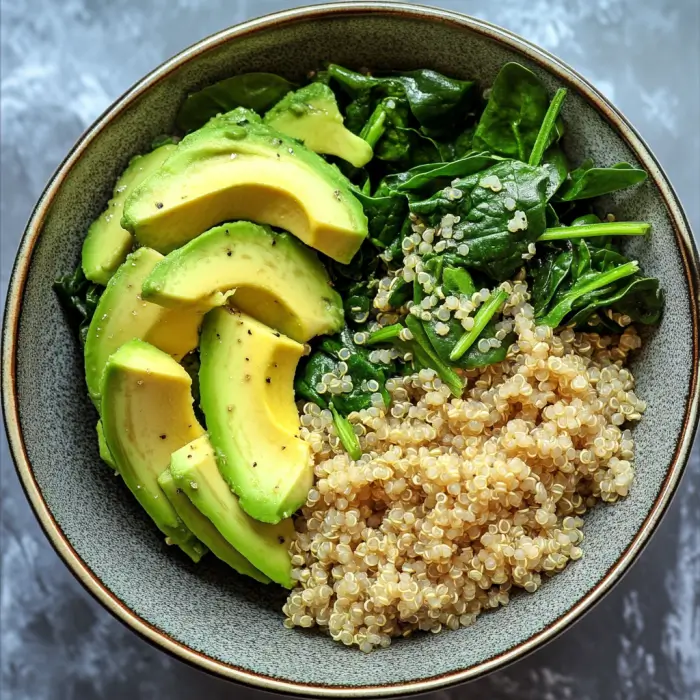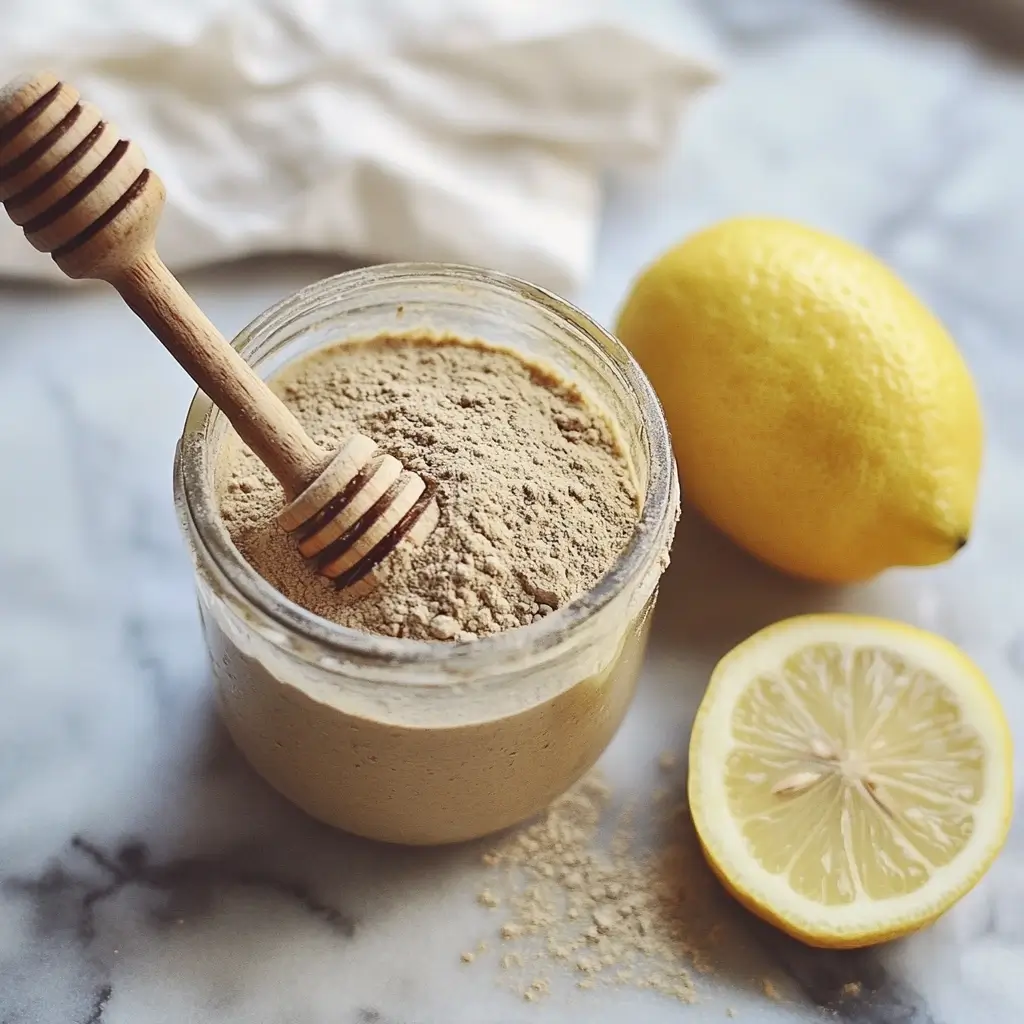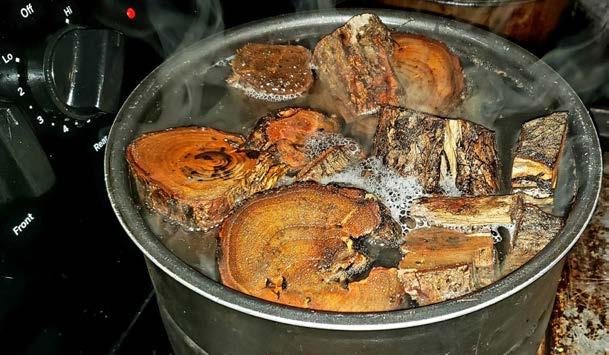
Sassafras Tea: Beverage or Drug?
Sassafras tea, a traditional beverage made from the root bark of the sassafras tree, has a complex history and a controversial reputation. This article explores its origins, uses, health benefits, and potential risks, including its link to MDMA production.
Origins and Traditional Uses
Sassafras has been used for centuries by Native American tribes for its medicinal properties. The roots and bark were commonly brewed into tea to treat ailments such as colds, fevers, and digestive issues. Early European settlers adopted these practices, and sassafras tea became a popular folk remedy. Additionally, sassafras was historically used to flavor root beer until the FDA banned its use due to safety concerns.

Sassafras and MDMA
The connection between sassafras and MDMA (ecstasy) lies in a compound called safrole, found in sassafras oil. Safrole is a precursor in the synthesis of MDMA. Due to its role in drug production and potential carcinogenic effects, safrole has been heavily regulated. This dual identity as both a medicinal herb and a source of a controlled substance contributes to the complex perception of sassafras.
Health Benefits
Despite the controversy, sassafras tea has been credited with several health benefits:
- Anti-inflammatory Properties: Sassafras tea can reduce inflammation, making it useful for conditions like arthritis and gout. It acts as a detoxifying agent, helping to relieve pain and discomfort in joints and muscles.
- Energy Boost: The stimulant nature of sassafras can help increase energy levels, combating fatigue and sluggishness.
- Menstrual Pain Relief: The tea’s analgesic and anti-inflammatory properties can alleviate symptoms of menstruation, such as cramping and heavy bleeding.
- Detoxification: As a diuretic, sassafras tea helps in flushing out toxins, salts, and fats from the body, promoting kidney health and overall detoxification.
- Wound Healing: The stimulant effect of sassafras tea increases blood flow to wounds, speeding up the healing process.

Nutritional Value
Sassafras tea is rich in essential oils, tannins, and flavonoids. These compounds contribute to its medicinal properties but also pose risks if consumed in large quantities. Safrole, the primary active compound, is particularly potent and has been associated with various health risks.
Potential Risks and Controversies
While sassafras tea has notable benefits, it also comes with significant risks:
- Carcinogenic Concerns: Safrole has been linked to liver cancer in animal studies. Although the amounts required to induce cancer in humans would be extremely high, the FDA has banned safrole in food and beverages as a precaution.
- Cardiovascular Risks: There is evidence that safrole can increase plaque vulnerability in arteries, potentially leading to heart attacks or strokes.
- Pregnancy and Lactation: Sassafras is known to cause miscarriages and should be avoided by pregnant or breastfeeding women.
- Neurological Effects: High doses of sassafras can cause hallucinations, vomiting, and even paralysis. It is crucial to consume this tea in moderation and under medical supervision.

Conclusion
Sassafras tea embodies the fine line between a beneficial herbal remedy and a hazardous substance. Its rich history and traditional uses highlight its therapeutic potential, while modern research and regulations underscore the importance of caution. Whether viewed as a tea or a drug, sassafras remains a subject of intrigue and debate in the world of herbal medicine. If you choose to explore its benefits, always consult with a healthcare professional to navigate its complex and potent nature safely.





